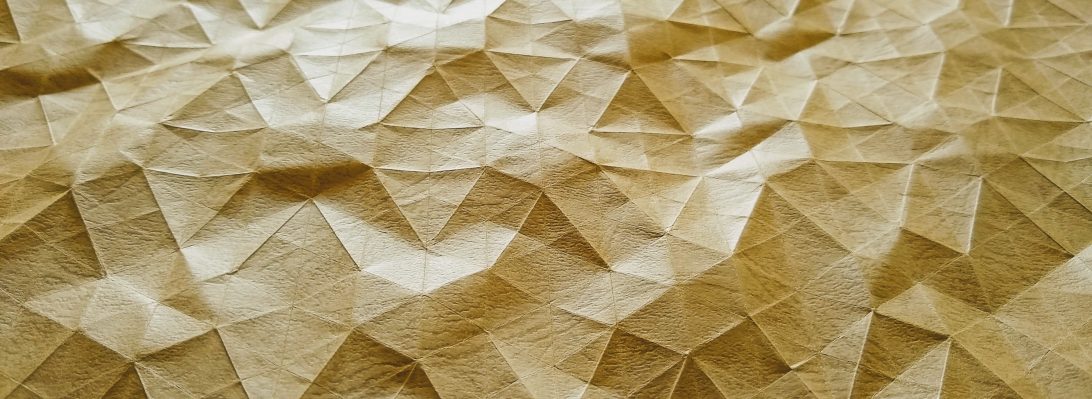I started this fold near the end of last year, shelving it when the marking hit it’s peak and realised I had not got back to it:
Playing around with a tiny (4mm) triangle grid, initially I was just testing my patience and accuracy to see how small and accurate I could fold the grid. The paper contains a lot of cotton fibre so is pretty tough and withstood a week of punishing bone-folder-assisted creasing before I then tried to work out what to do with it. Continue reading
















